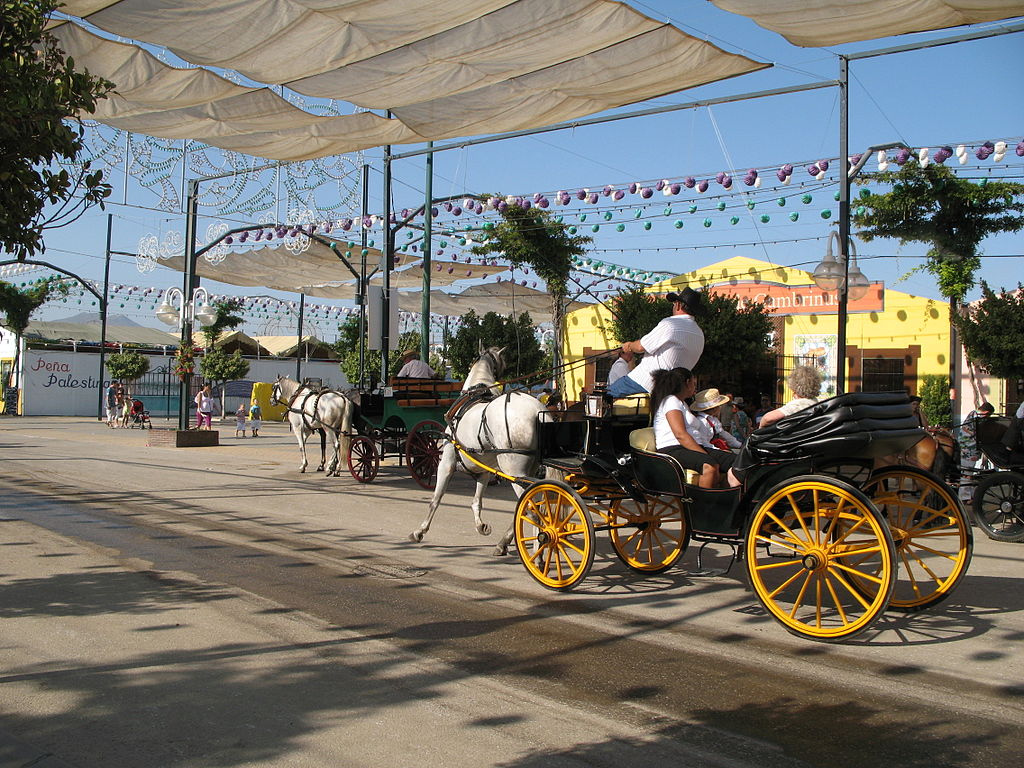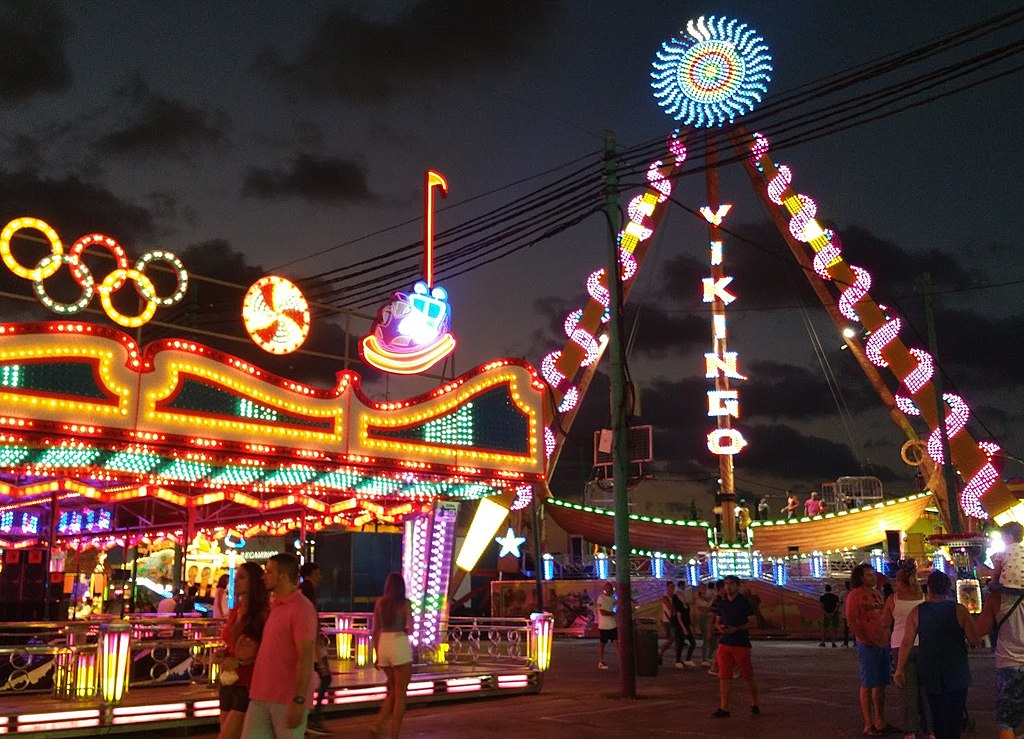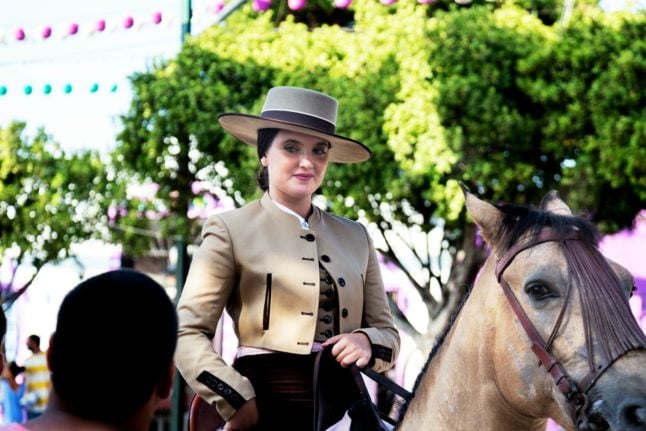When does it take place?
The Feria de Málaga or Málaga Fair takes place in 2024 from August 17th to the 24th, lasting for a total of seven days.
What does it celebrate?
It commemorates the reconquest of Spain, when the Catholic Monarchs captured the city of Málaga from the Moors on August 18th 1487.
The occasion has been celebrated in different ways since 1491.
Today, it’s one of Spain’s biggest celebrations taking place over the summer. The event features around 200 shows, concerts and performances scattered around the city in several different venues.
READ ALSO: Flamenco, horses and sherry: Jerez’s Feria del Caballo
Where do the festival events happen?
There are two main areas it takes places – the old historic centre and the Real de la Feria, the fairground which sits to the west of the city centre.
These are further split up different areas and events, including the Municipal Auditorium, the Municipal Flamenco marquee, the Children’s Fair, the Verdiales marquee, the Málaga Popular Folklore Stage and the Equestrian Exhibition Centre.
The El Real Fairground offers the typical set up of many of Andalusia’s ferias, where various casetas or marquees are set up across a large area, creating almost a mini city with around 180 in total.

What happens during the festival?
Inside the casetas at the fairground itself there’s typically a lot of flamenco music, people dressed up in traditional costumes, dancing, drinking and eating.
Even though they may look similar to flamenco, the dances are actually Sevillanas and Verdiales – traditional dances from the areas of Seville and the mountains of Málaga.
💃🏻La Feria de Agosto es la fiesta del verano en #Málaga
Pirotecnia, romería urbana, música, gastronomía, paseos en caballo, traje típico, atracciones de feria y tradiciones.
Todo esto lo tienes en Málaga del 17 al 24 de agosto.¡Reserva ya tu billete de ave!@turismodemalaga pic.twitter.com/DZwoeIT9QH
— CiudadesAVE (@CiudadesAVE) August 7, 2024
The partying goes on here until the very early hours of the morning and the line F bus will take people to and from there and the centre 24-hours a day.
El Real is also where the big fun fair is set up with temporary rides like rollercoasters, bumper cars and haunted houses, as well as games and stalls.
The other part of the festival includes all the concerts and shows taking place. This year famous performers will include José Mercé, Lucrecia, Toni Zenet, María Peláe, Chenoa, Carlos Baute and Adrián Martín
Around 95 percent of the artists taking part this year are from the Málaga province.

Are there any highlights that I should look out for?
The whole feria will kick off with a big parade on August 16th at 8pm through the main streets in the centre and then into the historic quarter.
This will be followed by a drone display at 11.45pm and then a full firework display accompanied by music at midnight.
What food should I try while at the fair?
Throughout the next week will be a range of religious parades, partying, concerts and shows, as well as stalls selling typical dishes from the province.
These include Spanish tortilla, pringá (stewed meat) montaditos (small filled rolls), chorizo, ham and migas (fried flour or breadcrumbs).
You can find the full list of events, according to day and time in the official programme here.



 Please whitelist us to continue reading.
Please whitelist us to continue reading.
Member comments